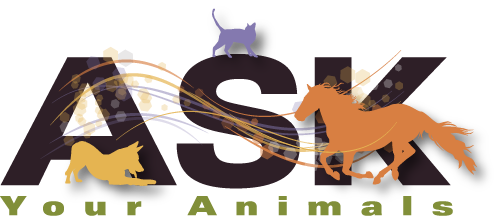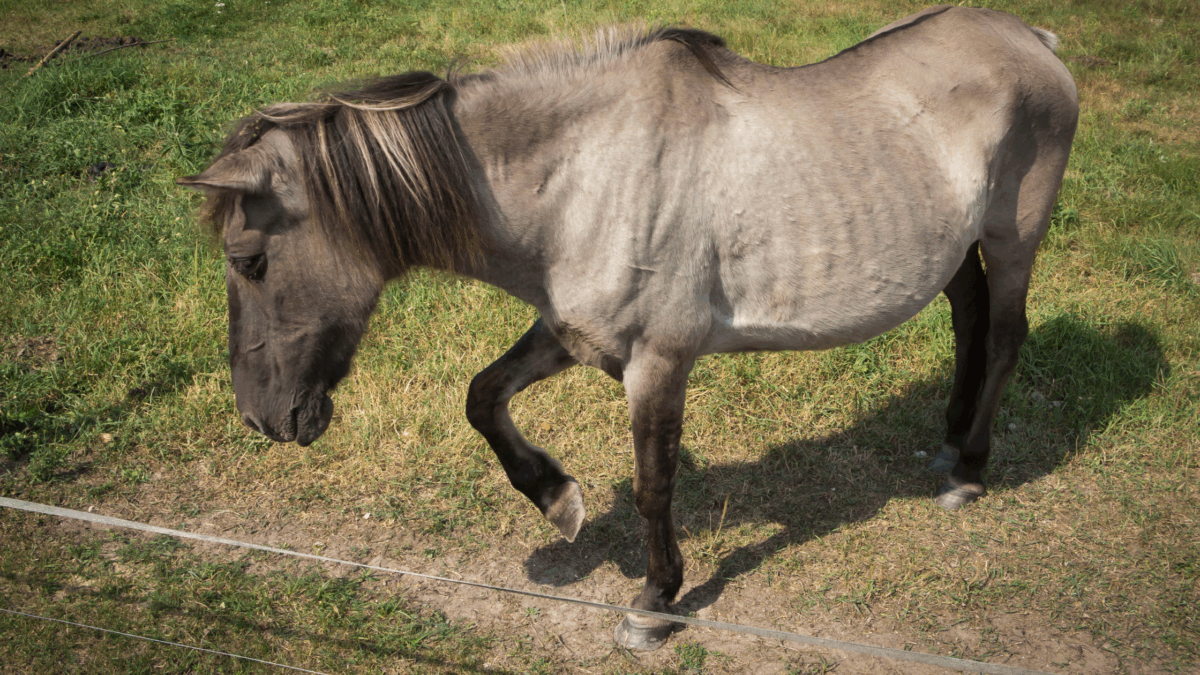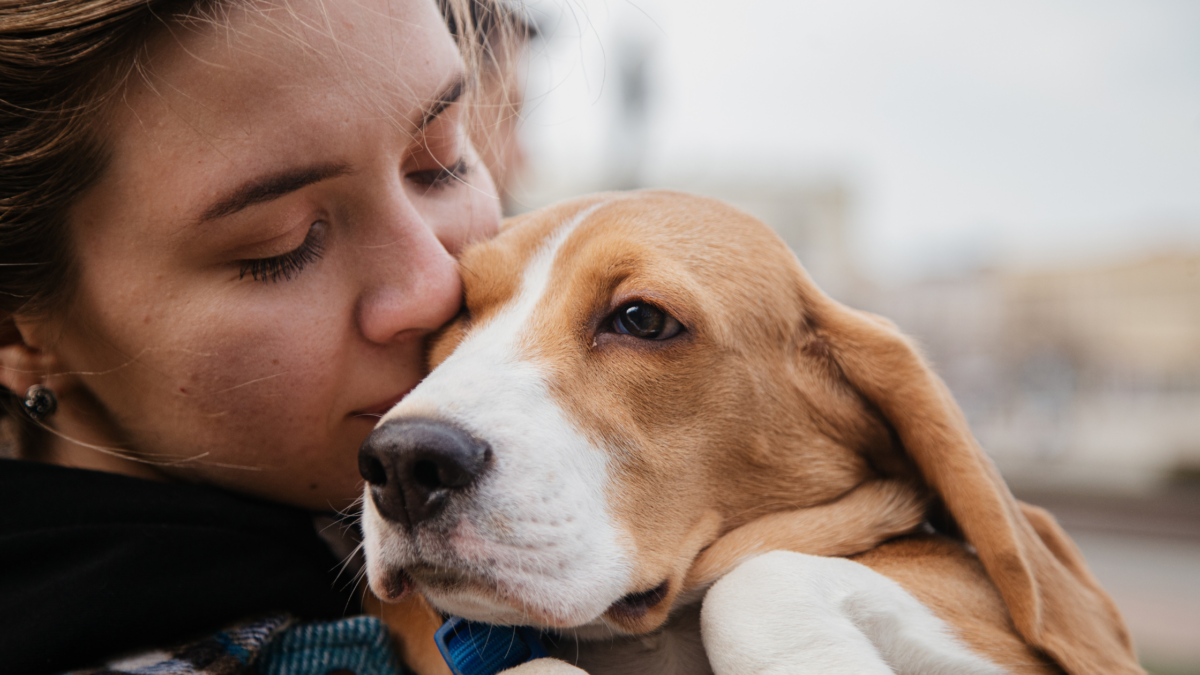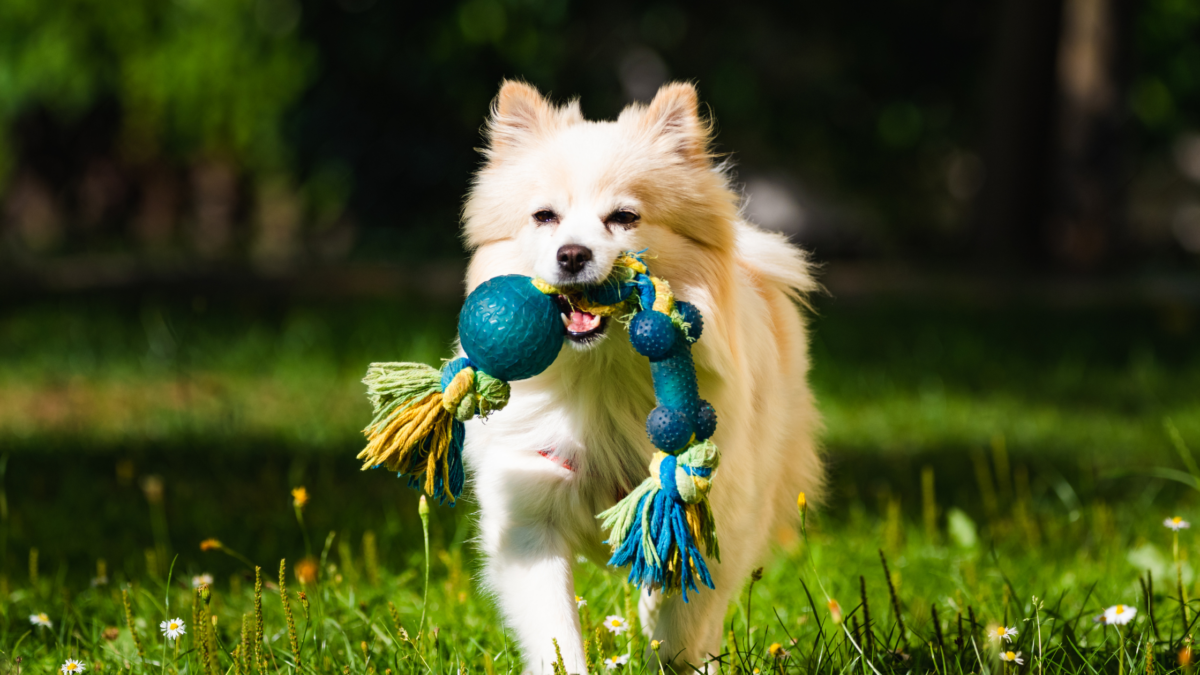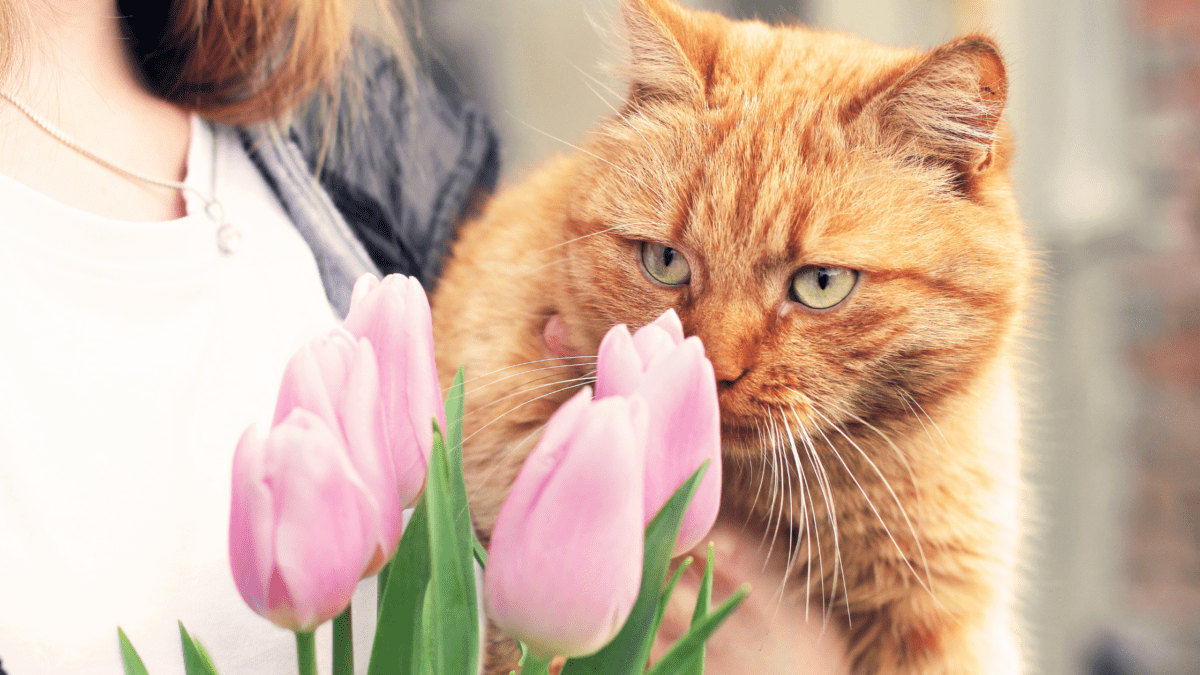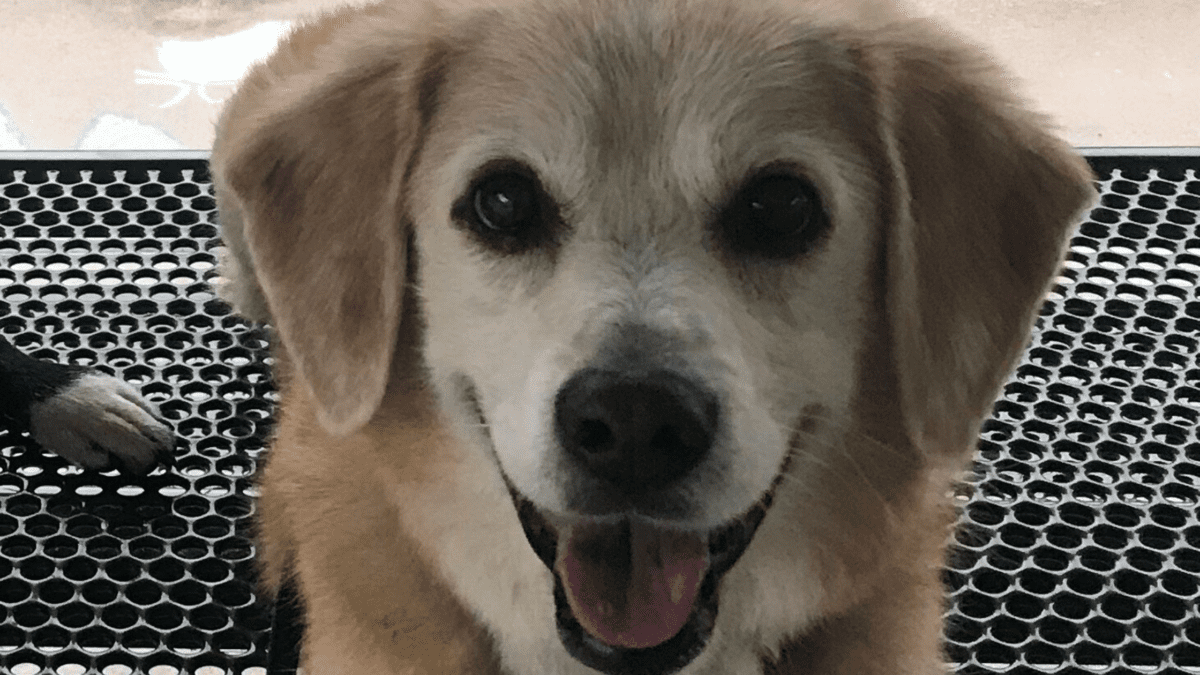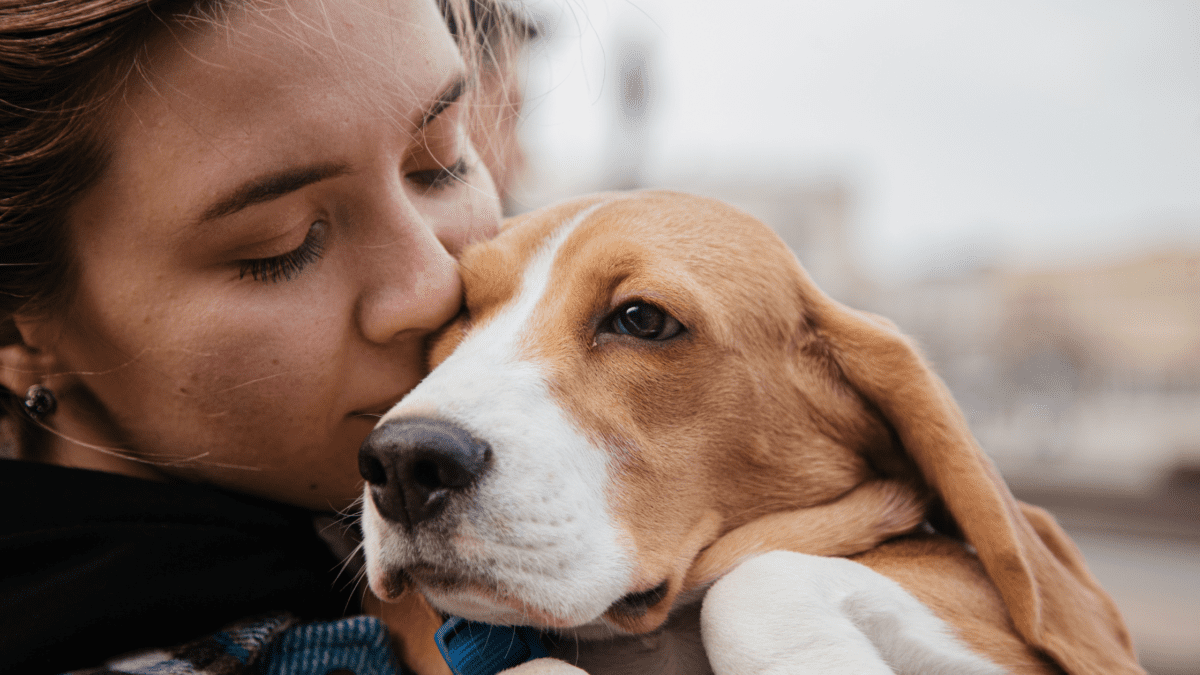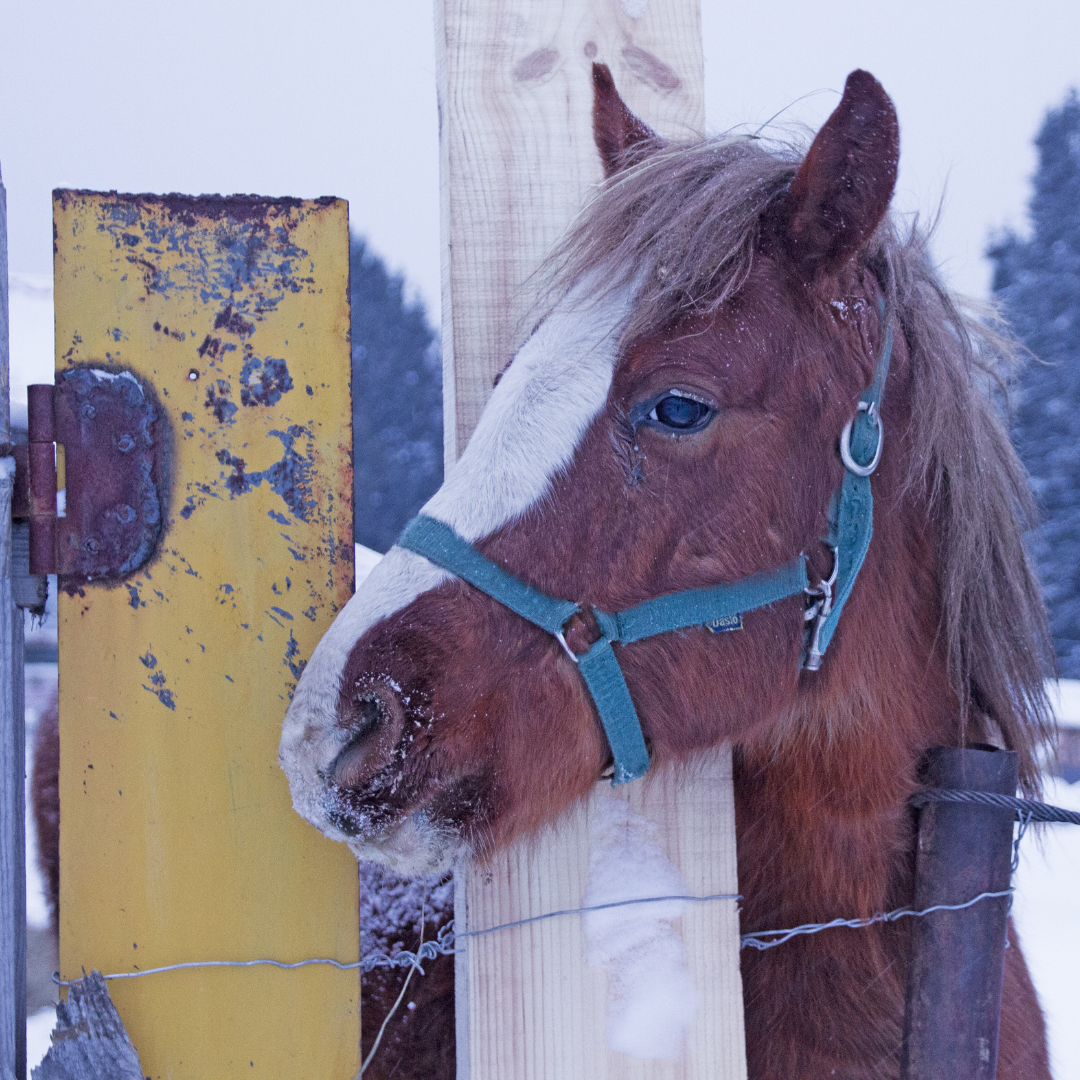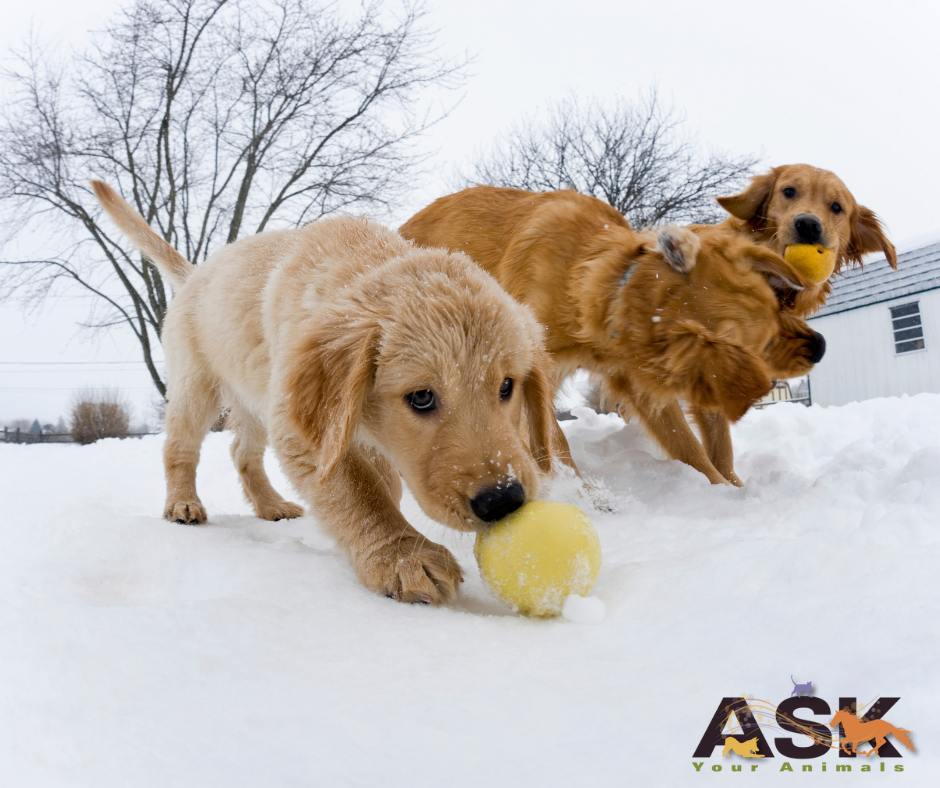As an animal communicator, I’ve come to deeply understand that animals—both domestic and wild—aren’t just here with us. They’re here for us. They’re teachers, healers, messengers, and energetic allies walking alongside us, each playing a vital role in raising the vibration of the planet.
Their purpose goes far beyond companionship or ecological balance. Animals are here to shift the frequency of our world—to help us remember how to love more deeply, live more consciously, and reconnect to the natural rhythm of life.
Animals as Vibrational Anchors
Every animal emits a unique energetic signature. A dog’s loyalty, a cat’s calm presence, a horse’s grounded power, a bird’s song, a deer’s stillness—all carry frequency. And that frequency interacts with ours in very real, very tangible ways.
You may have felt this without realizing it: the way your shoulders drop when your cat curls up beside you. The joy that bubbles up when your dog greets you at the door. The way time seems to stand still when you’re watching a wild animal move freely through its habitat.
This isn’t coincidence—it’s energy. And animals are masters of it.
In my work, I’ve witnessed animals intentionally offer comfort to grieving humans, absorb anxiety from stressed caregivers, and energetically hold space for healing during illness or transition. Some do this subtly; others quite obviously. But the message is always the same:
“I am here with you. I feel what you feel. Let’s shift this together.”
The Energy We Share
What many people don’t realize is that the energetic exchange between humans and animals is a two-way street. Our moods, intentions, and energy affect them just as much as theirs affect us.
I’ve connected with animals who’ve taken on their person’s emotional pain, carrying grief, fear, or worry in their own bodies to lighten the human’s load. This may show up as fatigue, behavioral shifts, or even physical symptoms. That’s how deeply devoted they are to the healing process of their people.
And it’s not just our pets. Wild animals respond to the collective energy of the planet, too. When humans are out of sync, when the earth is heavy with fear or unrest, the natural world reflects it. But it also helps recalibrate us. Spending time in nature—sitting with birdsong, walking among trees, watching wild horses—realigns us with the pulse of the earth.
It’s one of the most powerful energetic harmonies we have access to.
Our Role in Our Partnership with Animals
While animals so willingly offer their energy, it’s easy to forget that they also have needs—physical, emotional, and energetic. They are not bottomless wells. They are not here to serve us unconditionally without reciprocity.
They are here to partner with us. That partnership comes with responsibility. To listen. To learn. To offer care in return. Especially now, when so many people are struggling.
Lately, I’ve been hearing from more animals whose humans are worried—about money, food, vet bills, housing. Pets are picking up on that stress. Horses are feeling the pressure in backyards where hay deliveries have slowed. Dogs are waiting longer for walks as owners work longer hours. Cats are wondering why the routines they knew have changed.
This isn’t about guilt—it’s about awareness. Many people are doing their very best in challenging times. But as members of a shared, energetic community, this is our opportunity to rise—not just vibrationally, but practically.
Love in Action
If you’ve ever said, “I just knew something was off with their animal,” trust that. Your sensitivity is a gift. When energy feels heavy or something in your gut says a neighbor or friend might be struggling, you’re likely picking up on a truth that hasn’t yet been spoken.
This is where we get to step in—not with judgment, but with kindness. With a bag of pet food. An offer to walk a dog. A conversation at the fence asking if the horses have what they need. A shared link to a community resource. A moment of compassion.
These small gestures are huge in the eyes of an animal who senses relief in their person’s heart. You don’t have to do everything. Just something. Because animals are raising the vibration of the world, yes. But we are the ones who must keep that vibration rooted in action.
In my next blog, I’ll share ways to recognize when a neighbor or friend might need help caring for their animals—and how to offer that support gracefully and meaningfully. Until then, may you walk gently with all creatures, knowing that every interaction is an energetic thread in the great tapestry of healing.
